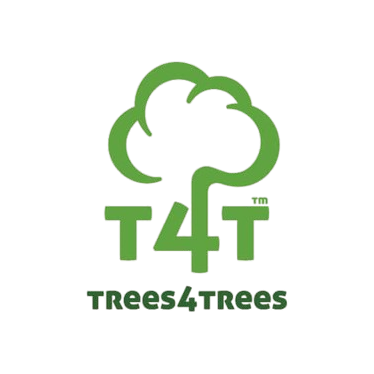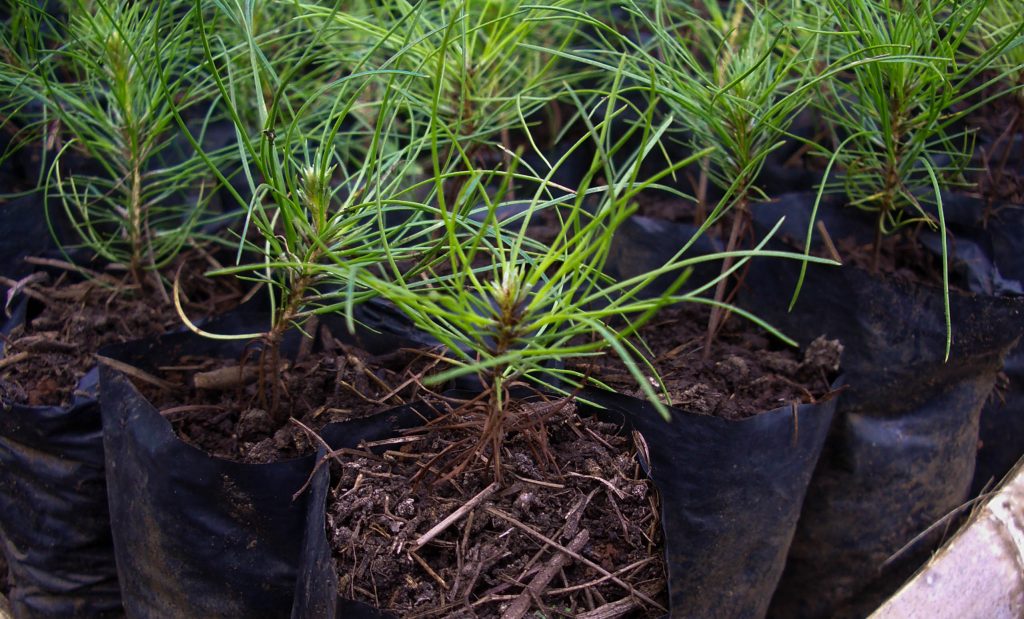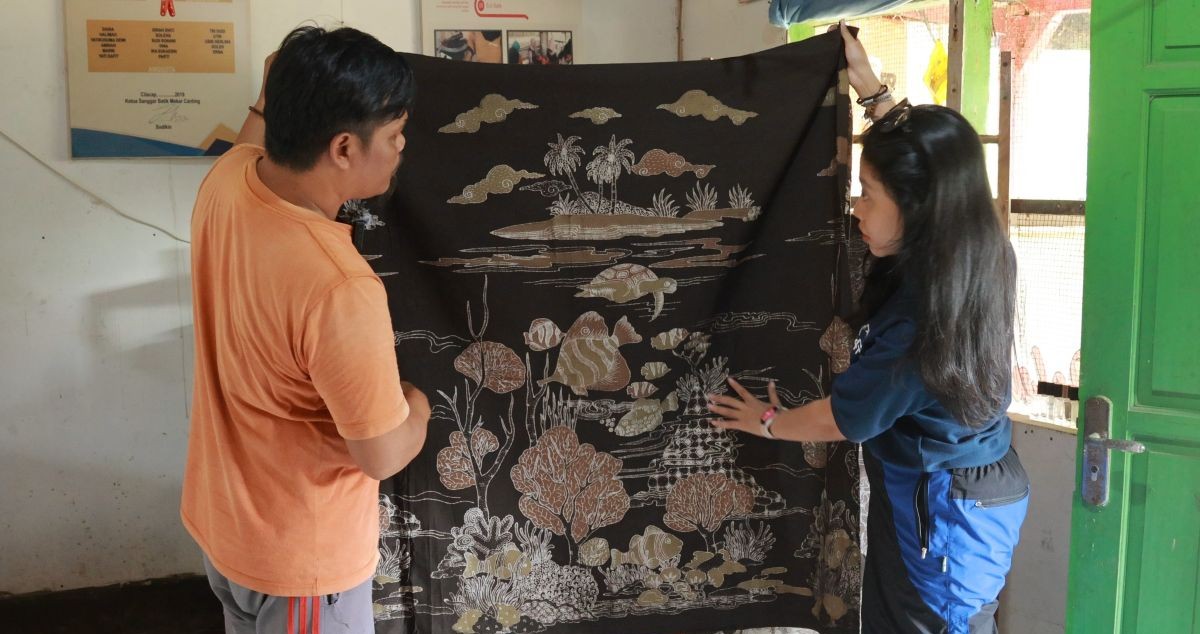Common Name |
Merkus Pine, Sumatran pine |
Description |
Pinus merkusii is a large tree up to 50(-70) m tall with a straight and cylindrical bole free of branches for 15-25 m and an average diameter of 55 cm, but occasionally up to 140 cm, thick bark which forms plates and is grey-brown underneath, but scaly and more reddish tinged upwards, and heavy horizontal or ascending branches.
It is the southernmost occurring pine of all pines, and the only one whose natural distribution extends into the southern hemishpere. The naturally occurring pines of South-East Asia (P. kesiya and P. merkusii) inhabit a wide range of forest and savanna habitats. They are pioneers and their natural range is extended by colonization following disturbances such as fire. They grow, for instance, scattered in fire-prone grassland and woodland. The trees are increasing in number in recently disturbed areas. They are strongly light-demanding and habitually grow in pure stands. Pines grow naturally in South- East Asia only in strongly seasonal environments. Pine is a medium weight, moderately hard wood. The grain of pine wood is even to finely interlocked, texture coarse. Pine is a good general-purpose timber, although in woodworking and finishing aspect its resinous nature requires special attention. It can be put to a great number uses such as both light and heavy constructional work, joinery, pencils and furniture, veneer and plywood |
Products |
Gum or resin: Good quality oleoresin is collected from this species, often on plantation scale.
Fuel: The energy value of the wood is 20 300-23 200 kJ/kg. Timber: Merkus pine is a general-purpose timber; it can also be used for construction work, flooring and boat building as it is fairly durable and heavy |







